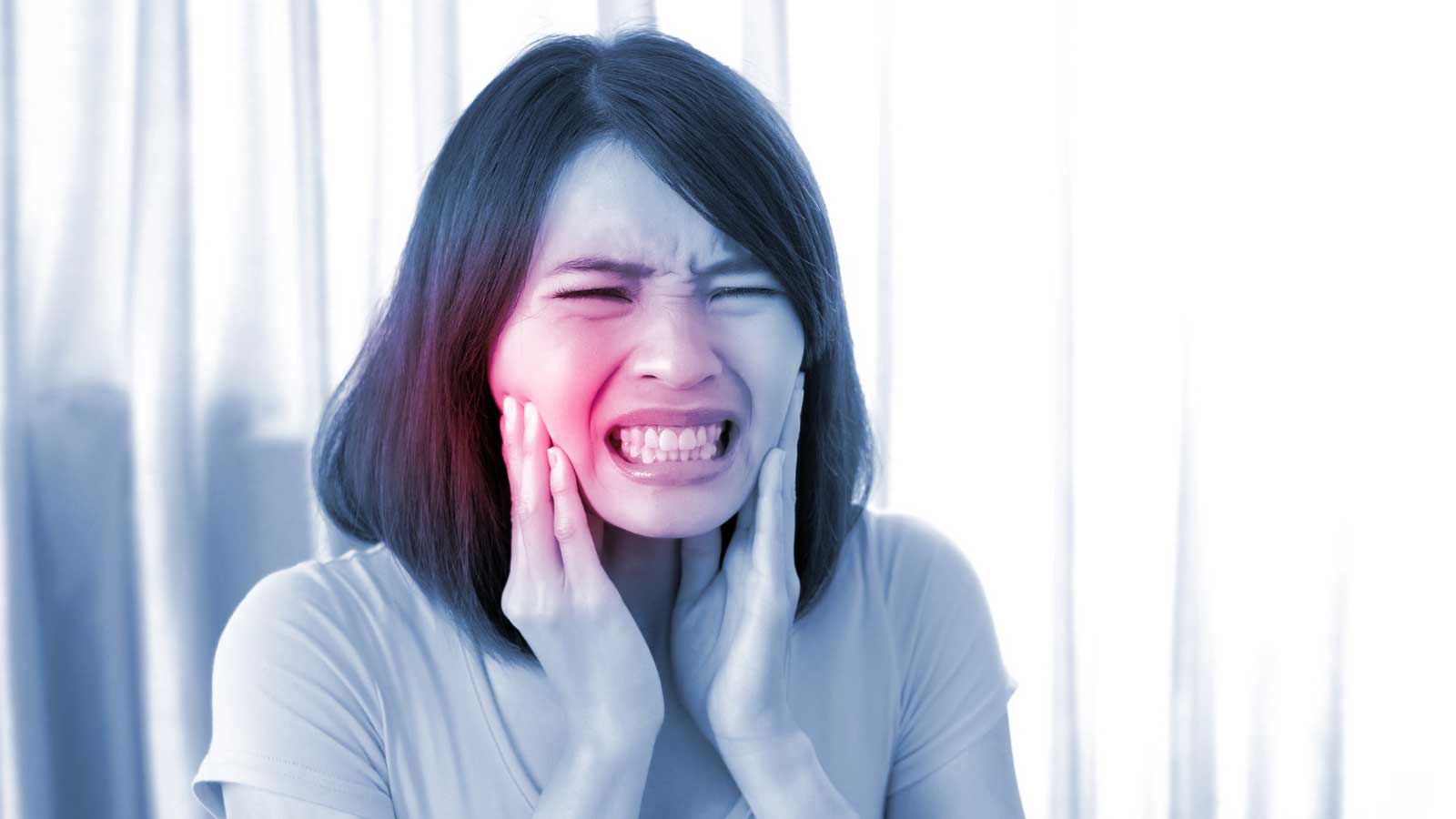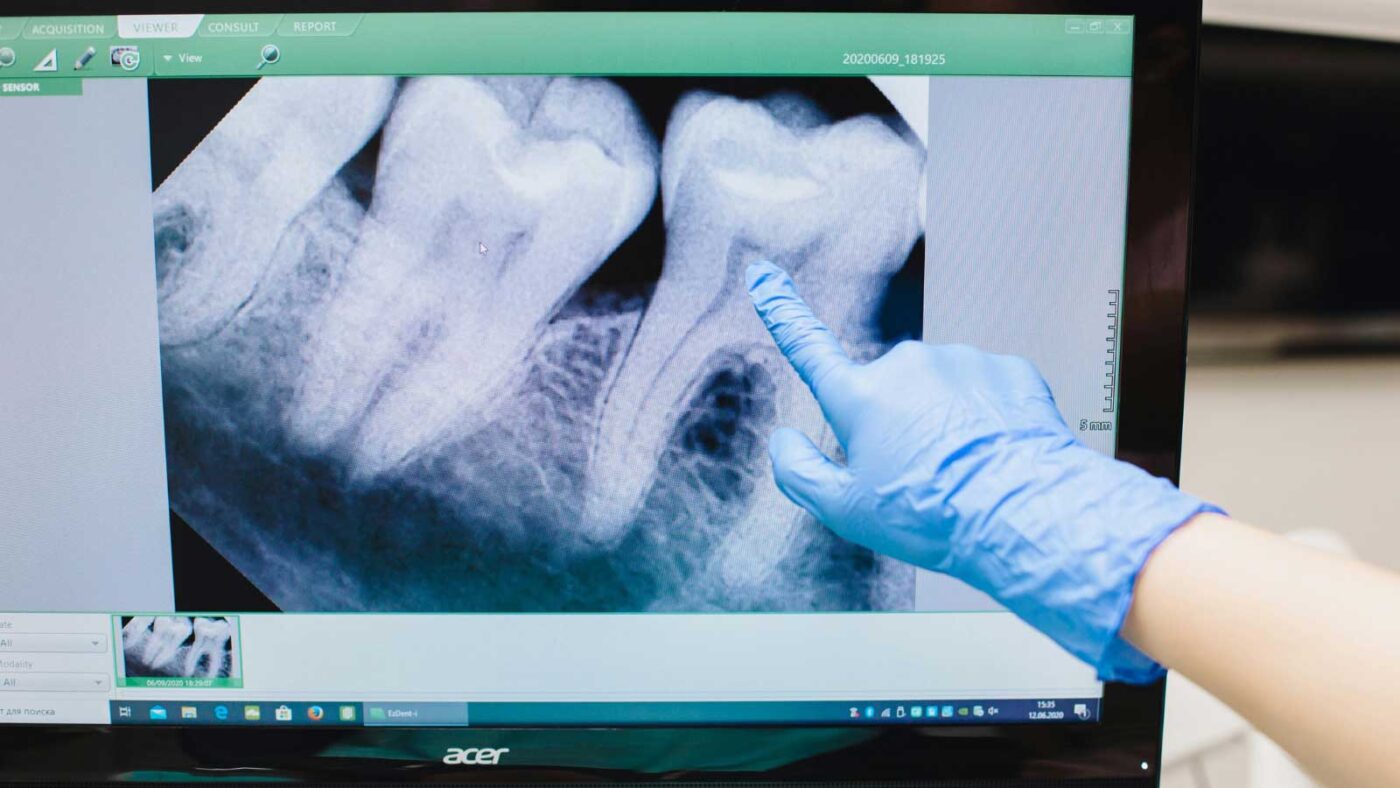Tooth Pain When Chewing? It Could Be a Cracked Tooth

You’re not imagining it. One bite feels fine, the next hits a nerve. It’s not every meal, but it’s happening often enough to make you stop and wonder what’s going on. You’ve probably started chewing more cautiously, favoring one side, or avoiding certain foods altogether.
That kind of discomfort changes your habits, whether you realize it or not.
Tooth pain when chewing is rarely random. Sometimes it’s from decay, sensitivity, or gum issues. But often, it’s linked to a cracked tooth, a dental problem that can hide beneath the surface and worsen without warning.
To help you navigate this situation, we’ll look into the most common reasons why chewing can trigger pain, with a close focus on cracked teeth as a potential cause.
If you’ve been searching for answers or even considering cracked tooth repair, this will give you a clear path forward.
Table of Contents
- Understanding Tooth Pain and Its Impact on Daily Life
- Common Reasons Why Your Teeth Hurt When You Chew
- How Cracked Teeth Cause Pain During Chewing and What to Look For
- Types of Tooth Cracks That Trigger Chewing Pain
- Warning Signs and Symptoms of a Cracked Tooth
- Why Does Cracked Tooth Pain Come and Go During Eating
- Risk Factors That Make Your Teeth More Prone to Cracking
- Treatment Options for Cracked Teeth and Chewing Pain Relief
Understanding Tooth Pain and Its Impact on Daily Life
Tooth pain from chewing isn’t just a dental issue, as it affects your day in small, frustrating ways. It changes how you eat, what you eat, and even how you speak.
It’s hard to focus on a conversation when each bite comes with hesitation. And it’s not just about food either. Achiness can show up with something as simple as clenching your jaw or sipping a drink.
Over time, it wears you down. You start adjusting your habits without realizing it. Chewing more slowly, avoiding cold drinks, or keeping painkillers nearby. It creates stress around something as routine as eating.
The longer it goes untreated, the more it impacts your quality of life. Gaining a clear understanding of where the discomfort originates is the first step toward resolving it.
Common Reasons Why Your Teeth Hurt When You Chew
Chewing pain doesn’t always signal one specific problem. In many cases, it results from a combination of dental issues that have developed over time.
The ache might come from pressure, sensitivity, or inflammation in or around the tooth. Sometimes it’s mild and manageable. Other times, it can feel sharp and sudden.
For further understanding, here are a few of the most common reasons:
- Cavities that reach the dentin and nerve
- Gum disease causes inflammation and root exposure
- A loose or damaged filling or crown shifting under pressure
- A cracked tooth that moves during chewing
Identifying the exact cause can be difficult without professional input. That’s where a trusted endodontist becomes essential.
They have the tools and training to diagnose issues that aren’t always visible. Early treatment often prevents the situation from becoming a long-term problem.
How Cracked Teeth Cause Pain During Chewing and What to Look For
Cracked teeth don’t always show obvious signs at first. The pain usually starts when pressure is applied during chewing, then disappears just as quickly. This kind of discomfort isn’t constant, which makes it harder to pinpoint.
So, how exactly do these cracks cause pain, and what clues should you look for to recognize the issue?
Types of Tooth Cracks That Trigger Chewing Pain
Tooth cracks vary in depth, location, and how they affect the tooth’s structure. Some stay on the surface and don’t cause symptoms. Others go deeper, allowing movement in the tooth that irritates the nerve. Cracks that extend into the dentin or pulp are the most likely to cause pain when you chew.
A cracked cusp often affects molars, especially those with large fillings. A more serious vertical crack can start at the chewing surface and work its way down toward the root. These cracks usually don’t split the tooth entirely but still create enough flex to trigger pain during biting or chewing.
Warning Signs and Symptoms of a Cracked Tooth
Cracked teeth usually cause pain during specific activities like chewing or eating hot or cold foods. The pain doesn’t linger—it flares up with pressure and disappears when the pressure stops. That makes it feel random, even though the cause is structural.
You might not see the crack yourself. In some cases, it’s hidden under a filling or runs below the gumline. The affected tooth often feels sensitive to temperature and may react sharply to sugary or acidic foods. The more the crack widens with repeated pressure, the worse the symptoms become.
Why Does Cracked Tooth Pain Come and Go During Eating
Pain from a cracked tooth often has a distinct on-and-off pattern. It shows up when the tooth is in use, especially under pressure, and disappears when you stop chewing. That’s because the two sides of the crack shift slightly when you bite down, irritating the tooth’s inner structures.
Once the pressure releases, the crack closes and the pain fades. This makes it harder to diagnose because the tooth might feel perfectly fine at rest. However, over time, this movement causes inflammation and potential damage to the pulp, thereby increasing the intensity and frequency of the pain.
Risk Factors That Make Your Teeth More Prone to Cracking
Several factors make teeth more likely to crack. Repeated stress, age-related wear, or habits such as grinding can weaken the enamel. Once enamel thins or a filling takes up too much of the tooth’s surface, structural integrity is reduced. This increases the risk of developing cracks during everyday chewing.
Cracks are also more common in teeth that have undergone root canals or extensive dental work. Sudden temperature changes from hot and cold foods can contribute too.
In more complex cases, teeth that require dental microsurgery may also be at higher risk if the surrounding support is compromised. Preventing these cracks means addressing minor issues early and avoiding long-term stress on your teeth.
Treatment Options for Cracked Teeth and Chewing Pain Relief
Once a cracked tooth is diagnosed, the treatment plan depends on the crack’s depth, location, and how much of the tooth structure remains stable.
Some cracks can be handled with simple restorative work, while others may need more advanced care to protect the tooth and relieve pain.
Acting early is key. The longer a crack is left untreated, the more likely it is to spread and cause irreversible damage.
To give you context, here are its standard treatment options:
- Dental bonding or filling to seal shallow surface cracks
- A dental crown is used to stabilize the tooth and prevent further movement
- Root canal therapy if the crack reaches the pulp and causes inflammation
- Tooth extraction in severe cases where the crack extends below the gum line
Reliable endodontists play an essential role in guiding treatment for more complex cases. They use specialized tools to detect hard-to-see cracks and treat root issues without removing the tooth.
Quick intervention leads to better outcomes and less long-term discomfort. Most patients recover quickly with the proper care and minor lifestyle adjustments.

